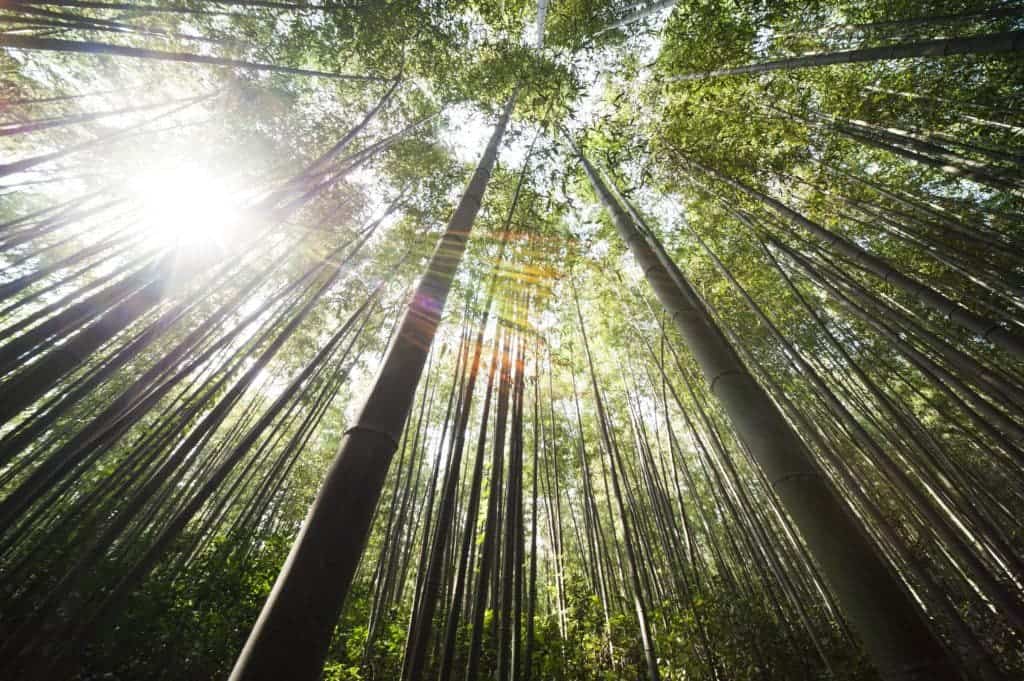A panda’s diet consists almost entirely of leaves, stems, and shoots of bamboo — but this wasn’t always the case. A new study found that pandas’ ancestors enjoyed a more varied diet, similar to other mammals.

Image via Pixabay.
The panda’s nutritional choice is unusual, to say the least. Bamboo has almost no nutritional value, which means that must eat 12-38 kg every day to meet their energy needs — which is an enormous amount for an animal weighing just a bit more than humans. This means that pandas have to spend most of their day munching around bamboo, which leaves them vulnerable to predation and habitat destruction.
However, panda’s aren’t truly vegetarians. As a member of the bear family (pandas are true bears, unlike koalas), they have a digestive system capable of digesting meat, which has also been observed in the wild. Around 1% of the panda’s diet is not-bamboo. In addition to eating other plants, pandas will sometimes hunt for pikas and other small rodents.
Biologists believed that panda’s ancestors had similar eating habits, relying mostly on bamboo. A new study casts a lot of doubt on that idea.
“It has been widely accepted that giant pandas have exclusively fed on bamboo for the last two million years,” says Fuwen Wei of Chinese Academy of Sciences. But, “our results showed the opposite,” he adds.
It’s not possible to know exactly what ancient animals ate, but there are some good proxies. In particular, the composition of stable isotopes in animals’ hair or bones can reveal some clues about the foods they preferred.
Wei and colleagues collected bone collagen isotopes from the remains of 12 ancient pandas from seven archaeological sites and compared them with samples from modern giant pandas.
They found substantial differences between ancient and modern pandas, which indicates that the “old pandas” ate much more than just bamboo. Furthermore, there were also differences across fossil individuals, meaning that they were capable of surviving eating a variety of things. Simply put, they were “probably not exclusive bamboo feeders,” according to the researchers
The next step now is to see when this change happened, and what drove it. In order to do this, they will have to analyze the remains of pandas in historical times, looking for clues regarding the timeline and the nature of this change.
The giant panda is a conservation-reliant vulnerable species. Although the species is still at risk, conservation efforts have been somewhat successful. It’s unclear exactly how many individuals there are still left in the wild, though one estimation put the number at 1,590, while another study found the number to be closer to 2,000. In 2016, the IUCN reclassified the giant panda from “endangered” to “vulnerable.”
Journal Reference: Current Biology, Han et al.: “Diet Evolution and Habitat Contraction of Giant Pandas via Stable Isotope Analysis” https://www.cell.com/current-biology/fulltext/S0960-9822(19)30004-1






